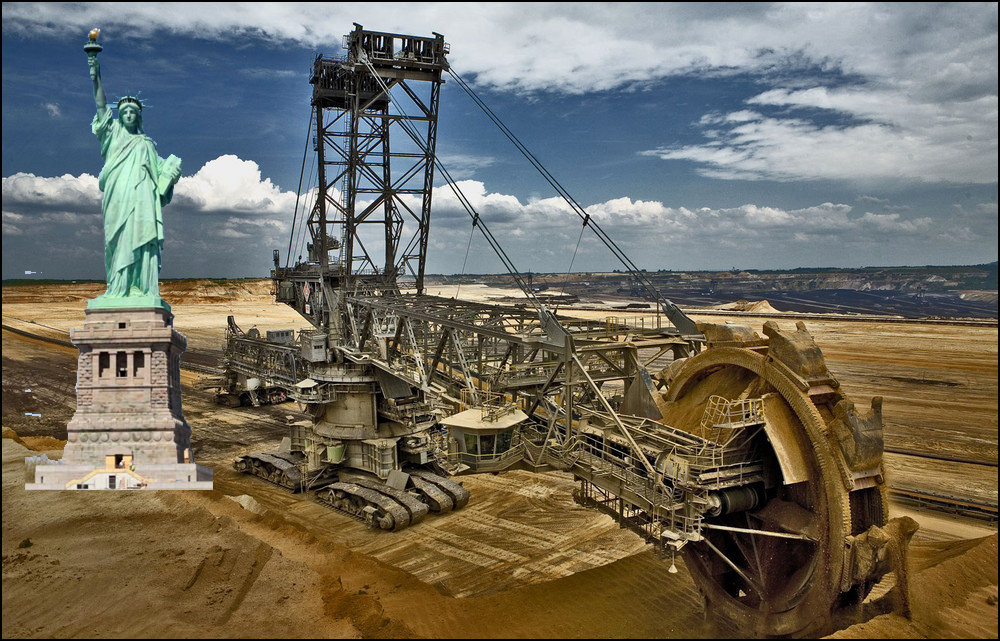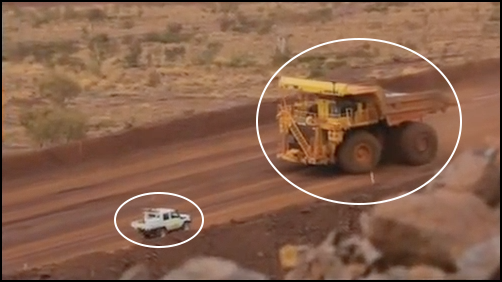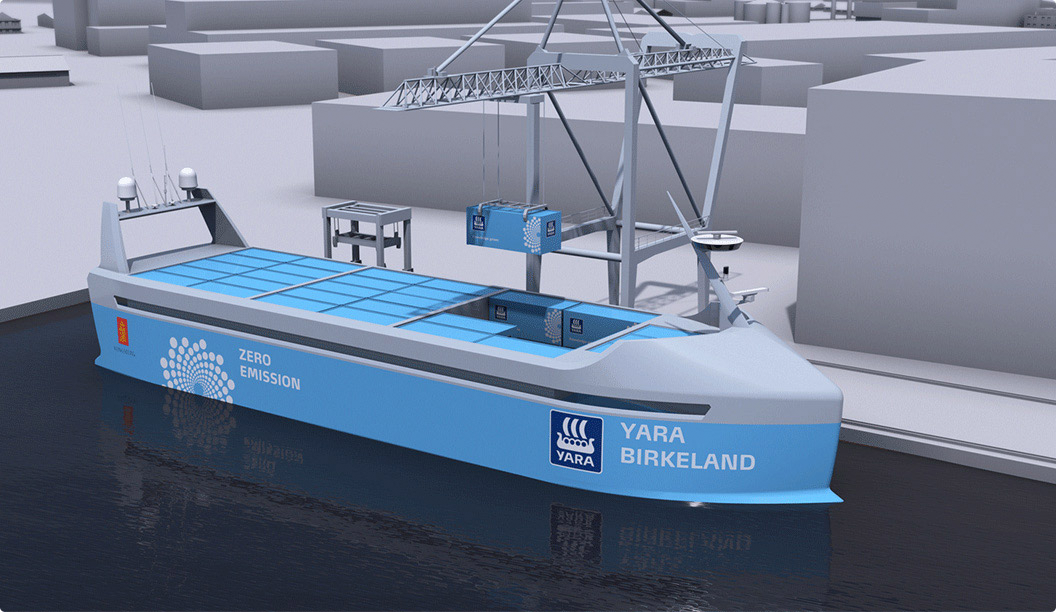There’s a joke traveling around the tech-o-sphere that goes like this:
How many software developers does it take to change a lightbulb?
Answer: None, it’s a hardware problem.
In the world of modern DevOps, physical infrastructure has been abstracted to code. I can count on my fingers the number of people I know who have done a physical memory upgrade in the last year. Fortunately or unfortunately, depending on your outlook, I am one of them. Nonetheless, for the most part, hardware left the building a long time ago, no pun intended. All that remains is the laptop we use to move the bits around.
However, for those who don’t sling code, the world of automation is much bigger than our software-centric view. Most of us are aware that today there is hardware that can roam around our living room unassisted and vacuum up dirt from the floor. There’s 3-D printing, which is a technology my dentist uses extensively to fabricate crowns in the privacy of a closet next to an examination room in his office. And of course, the driverless car and truck is predicted to soon be a regular part of our day-to-day landscape.
But, this is the small stuff. There’s a lot of hardware automation that goes well beyond the dimensions of consumer appliances and room-size automation technologies being used in factories. In fact, machine automation is becoming gigantic, as in Godzilla-size, particularly in mining.
Mining: Let’s Eat a Mountain
Equipment has been essential to mining since the first days when a man was sent into a cave with a pick and shovel to extract ore. Mining has come a long way since then—today, it’s a gargantuan undertaking that has become more incredibly machine-intensive. Whereas, in the past, we’d send men into a shaft in the ground to get the goods, these days, we just let a machine eat the ground, literally.
The Bagger 293, shown below, is a bucket-wheel excavator. The 315-foot-high machine can dig a 8.5 million cubic feet of earth per day.

The Bagger 293, with a height of 315 ft, is taller than the Statue of Liberty
To give you a sense of how big this whole operation is, first understand that, 315 feet, the height of the machine, is approximately the equivalent of the height of the Statue of Liberty, from ground to torch top. The amount of dirt that the machine can remove in a day is equivalent to digging an eight-level sub-basement beneath the floor of the Roman Colosseum. The Bagger has been in use since 1995, and no matter how you cut it (again no pun intended), that piece of iron has eaten a lot of dirt.
Presently, the Bagger requires a crew of six to operate. But, if trends keep steady, it’s only a matter of time until machine excavators of this size can operate autonomously.
Sound far fetched? It’s not, really. The Komatsu AHS already has a mind of its own.
The Komatsu AHS is an autonomous earth-moving vehicle that can move a payload of 290 tons. The machine is the size of an average house.

The Komatsu AHS (right) is an autonomous earth moving machine
In the past, it would have taken a small army of men weeks, if not months, to mine raw materials. Today, using technologies such at the Bagger 293 and the Komatsu AHS, the work can be done with a workforce of six. And, in the not-too-distant future, the work will require no human intervention whatsoever.
So we’ll have machines that can get massive amounts of dirt out of the ground and move it around without the need for any human intervention, But, once mined, where does it all go?
Hold that thought. The answer is coming.
There’s More to Container Automation than Kubernetes
Yara, a shipping company out of Oslo, Norway, in partnership with Kongsberg, a maritime engineering group also out of Norway, has created an autonomous container ship, the Yara Birkeland, that is set to hit the high seas in 2018. This ocean-going vessel will be manned by a crew of none. It’s completely driverless.

The Yara Birkeland, to be completed in 2018, is a zero-emission, autonomous container ship that is estimated to remove up to 40,000 truck journeys
According to the Bureau of Transportation Statistics, more than 19,000 vessels entering U.S. ports in 2010 were container ships. That’s 31 percent of total maritime activity on American docks that might very well see the elimination of seafaring crews.
Container shipping is useful because it allows for the easy transport of goods from a variety of shippers. In the past, dockside longshoremen loaded individual bails, crates and barrels into the hold of ships by hand using winches, conveyors and stackers. Container shipping made it so the shipper loads a container and then a machine loads the container onto the ship like stacking Legos. One human does the work of dozens.
Mining transport does not have the burden of having to accommodate a variety of goods in different sizes and shapes. There is only one product: raw ore. Thus, it’s quite conceivable that an autonomous container ship, maybe one the size of four soccer fields, can be repurposed as a giant, seagoing container holding nothing but a single product: unprocessed ore.
So, let’s look at the dynamics of the supply chain overall. In the not-too-distant future, a machine will roll up to a mountain. It will start to eat the mountain, spitting out dirt one gigantic mouthful at a time into the bed of an equally gigantic, autonomous dump truck. And that dump truck will unload its contents into the hold of an autonomous, seaworthy vessel that very well might take the contents to an automated mineral refinery for processing.
Those of us who have had to change a lightbulb recently understand the implications. They’re profound. Those of us still trying to figure out how to program our smart home to do the light bulb-changing might need a bit longer to catch on. But, the notion remains: If we can create a machine the size of a building to act on its own, how long will it be until we are creating building-size data centers that can act on their own? Automation on such a gigantic scale is not only possible, it’s inevitable. Controlling an out-of-control home vacuum is one thing. But, what happens when something on the order of a Bagger 293 goes beserk?
I don’t know. But I can guarantee you that it will not be business as usual. The good news is that the Bagger only moves at about a mile and a half a day. But still, if it learns how to speed up, then might we one day wake up to find our favorite hiking hill gone due to the whims of an independent intelligence that cares not or knows not of our love of nature? What then?
As they say in the terrain, forewarned is forearmed.




